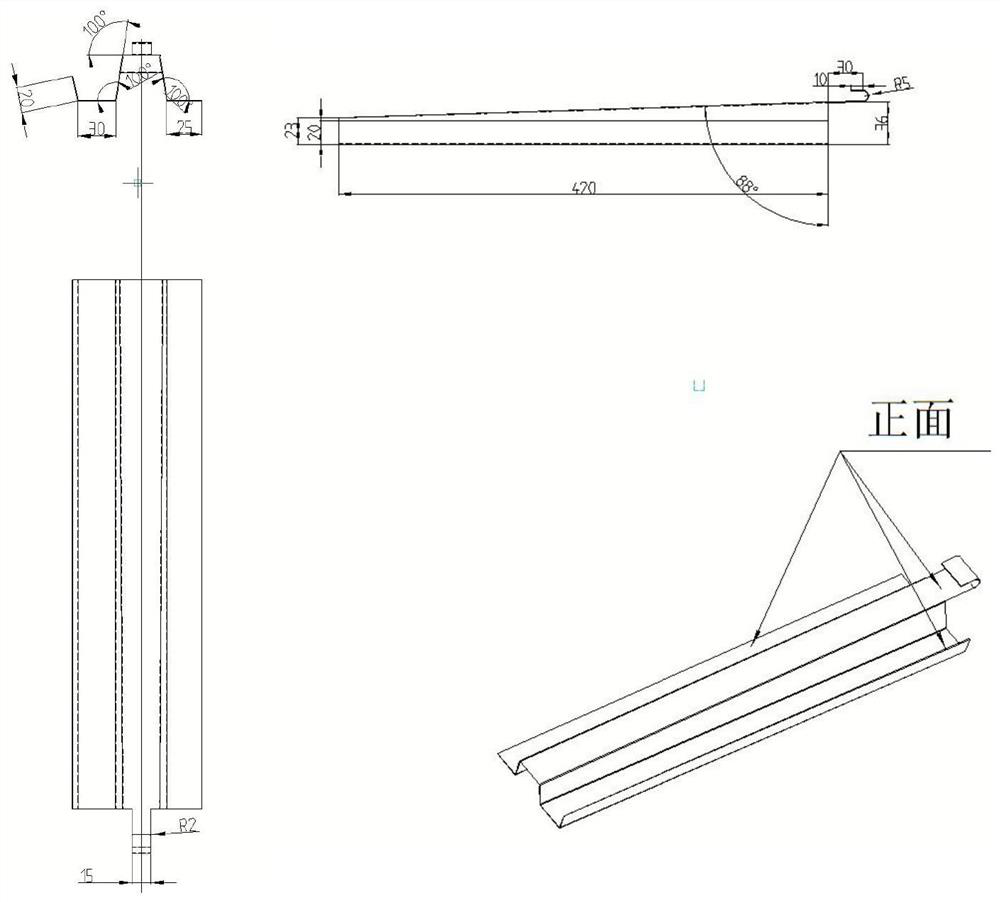A photovoltaic roof unit and laying method
A photovoltaic and photovoltaic tile technology, which is applied in photovoltaic power stations, photovoltaic power generation, photovoltaic modules, etc., can solve the problems of photovoltaic module blocking, module aging, debris accumulation, etc., and achieve the effect of avoiding loss and prolonging the service life
- Summary
- Abstract
- Description
- Claims
- Application Information
AI Technical Summary
Problems solved by technology
Method used
Image
Examples
Embodiment Construction
[0091] The preferred embodiments of the present invention are given below in conjunction with the accompanying drawings to describe the technical solution of the present invention in detail, but the present invention is not limited to the scope of the described embodiments.
[0092] Such as Figure 1-18 As shown, this embodiment provides a photovoltaic roof unit, such as Figure 2-13 As shown, including: several groups of photovoltaic tile units, basic frame units, among which, such as Figure 18 As shown, each group of photovoltaic tile units includes several pieces of photovoltaic tiles, and the photovoltaic tiles are photovoltaic flat tiles, which are arranged on the basic frame unit; The second bottom plate, the third bottom plate of photovoltaic tiles;
[0093] The photovoltaic tile bottom plate 2 is arranged on both ends and the middle of the bottom surface of the photovoltaic tile, and is used for connecting the photovoltaic tile to the basic frame unit; each photovol...
PUM
 Login to View More
Login to View More Abstract
Description
Claims
Application Information
 Login to View More
Login to View More - R&D
- Intellectual Property
- Life Sciences
- Materials
- Tech Scout
- Unparalleled Data Quality
- Higher Quality Content
- 60% Fewer Hallucinations
Browse by: Latest US Patents, China's latest patents, Technical Efficacy Thesaurus, Application Domain, Technology Topic, Popular Technical Reports.
© 2025 PatSnap. All rights reserved.Legal|Privacy policy|Modern Slavery Act Transparency Statement|Sitemap|About US| Contact US: help@patsnap.com



